Phonology within Structured Literacy refers to the sounds we hear in spoken words.
Be sure to follow along with our What is Structured Literacy? blog series!
Split into two categories, phonology covers:
1- phonological awareness – the awareness of bigger sounds in words like whole words in sentences, rhyming words, and counting syllables.
2- phonemic awareness – the awareness of little sounds in words, or phonemes, like the three sounds in sheep {/sh/-/ee/-/p/}.
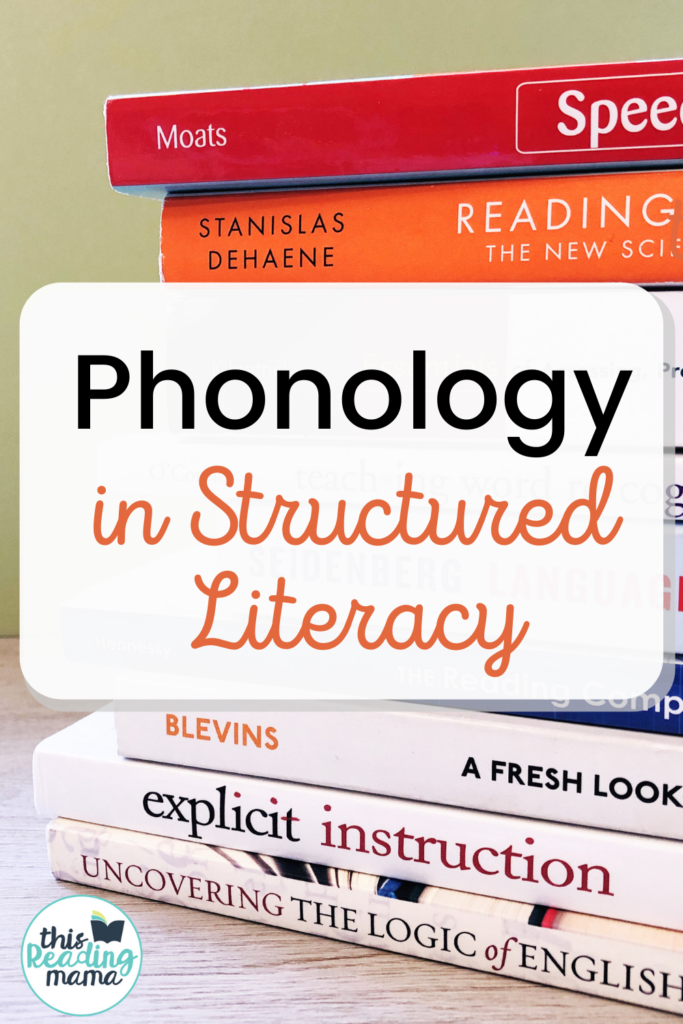
Phonology within Structured Literacy
As with all things structured literacy, we want our teaching to be:
- Explicit – We are direct in how we teach the skills and strategies.
- Systematic – Our teaching is organized in a logical way that helps our learners understand the concepts.
- Cumulative – Our teaching constantly mixes in review concepts that have been learned previously.
- Diagnostic – We use what we observe about our learners to guide our teaching.
Let me give you a quick example and non-example with each kind of teaching.
1. Explicit Teaching with Phonology
Explicit teaching means that we teach in a way that leaves nothing up to “chance.” We don’t just hope that our kids will get it, we teach so they do.
Example:
- “We have something new we’re going to try today. We’re going to count syllables in words together. Syllables are the ‘beats’ we hear in words.”
- “Listen as I clap the syllables or ‘beats’ of the word computer. Com-pu-ter. Listen one more time.” {Model again.}
- “Try clapping the beats/syllables of computer with me.” {Try together.}
- “Can you hear how computer has three syllables?”
- “Listen as I clap it one more time and then you repeat after me.”
- “Let’s try another word now.” {You clap the word, learners echo.}
Non-Example:
- “We have something new we’re going to try today. You’re going to count syllables in words.”
- “Alright, the first word is computer. How many syllables do you hear?”
In the first example above, the lesson clearly defines syllables, gives a clear model, and asks learners to echo the teacher, not produce the answer their own. It also engages learners eyes, ears, and body {multi-sensory teaching}.
In the non-example, there’s no definition of the word syllable and no model of how to do it.
2. Systematic Teaching with Phonology
Systematic teaching means that we teach phonology in a logical, organized order.
A HUGE part of this is understanding which phonology skills need to be taught first {because they’re easier} and which skills need to be taught later {because they’re harder}.
Generally, this means we start teaching the bigger sounds in words first and move gradually to smaller sounds within words.
In the chart below, you’ll see we start with the big sounds like words in sentences, move to rhyming words, move to syllables within words, and then to phonemes {letter sounds} within words.
Example:
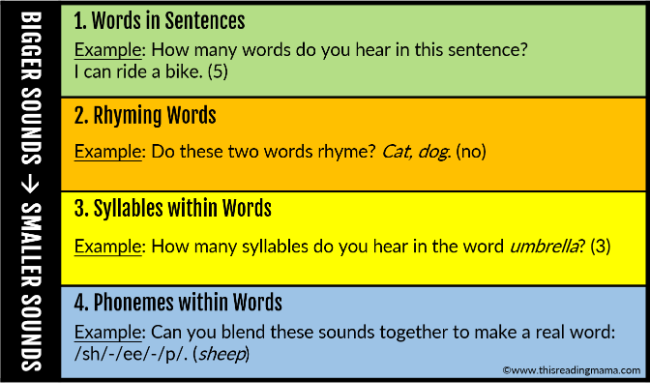
Non-Example:
- “Yesterday, we learned how to clap and count the syllables in words.”
- Today, we’re going to learn how to make rhyming words.” {Moving from smaller sounds to bigger sounds.}
Within each phonology category, there are also steps you should take from easiest to hardest.
For example, before a child can be expected to separate the syllables in a word, he/she must be able to blend the sounds in the words.
You can find lesson plans that take phonology using a systematic approach in my Phonological Awareness Lesson Plans & Activities.
3. Cumulative Teaching with Phonology
Cumulative teaching means we mix in review concepts and help our learners see how what they already know can be used to learn something new.
Example:
- “Before we start today, I wanted to do a quick review of what we learned last week. Do you remember how we listened to two words to see if they rhymed?”
- “Let’s play the Thumbs Up/Thumbs Down game to see how well you remember. I’ll say two words and you just give me a thumbs up if they DO rhyme and a thumbs down if they don’t.”
Non-Example:
- Teaching new concepts that do not integrate review and/or do not build on what learners have already learned.
4. Diagnostic Teaching with Phonology
Diagnostic teaching means we are teaching in the zone of what our kids need to know to grow in their learning. If our learners have already mastered all the rhyming skills, we don’t continue to devote entire lessons to rhyming. We move on.
Examples:
- Asking questions such as, “What do you remember about rhyming words?”
- Engaging in discussions with learners about phonology.
- Listening to learners’ responses to the questions you ask and the discussions you have.
- Using a child’s writing or work as a “window” in which to see what they do or don’t yet understand about phonology, and basing your teaching off of that information.
- Giving formal phonology assessments for phonological awareness and phonemic awareness so you can get a snapshot of what they need to work on.
Non-Examples:
- Becoming discouraged at all the mistakes on a child’s work or in their lack of understanding.
- Assessing the child just so you can turn the information into your administration. {You might laugh, but that’s what I used to do for one assessment in particular. When I learned all the information I could glean from that assessment, I was embarrassed that I never used it to drive my instruction.}
Final Thoughts
Teaching phonology within structured literacy ISN’T just for our struggling readers.
ALL of our readers can benefit from teaching phonology explicitly, systematically, cumulatively, and diagnostically.
Enjoy teaching!
~Becky
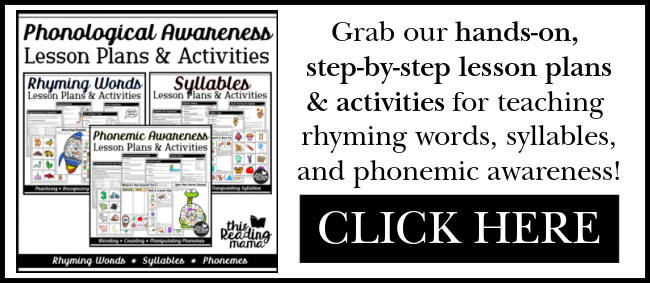
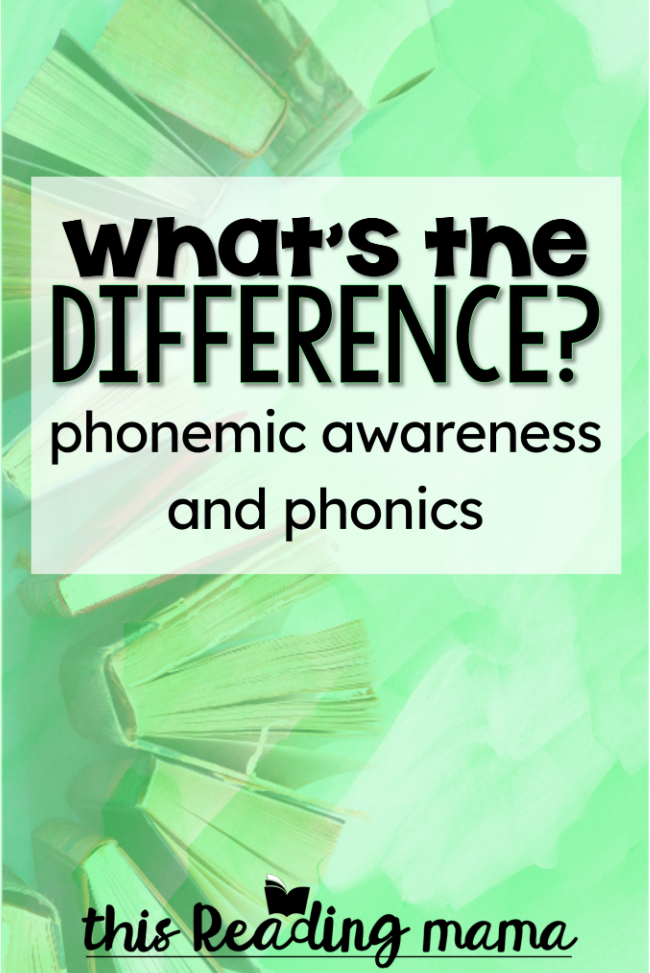
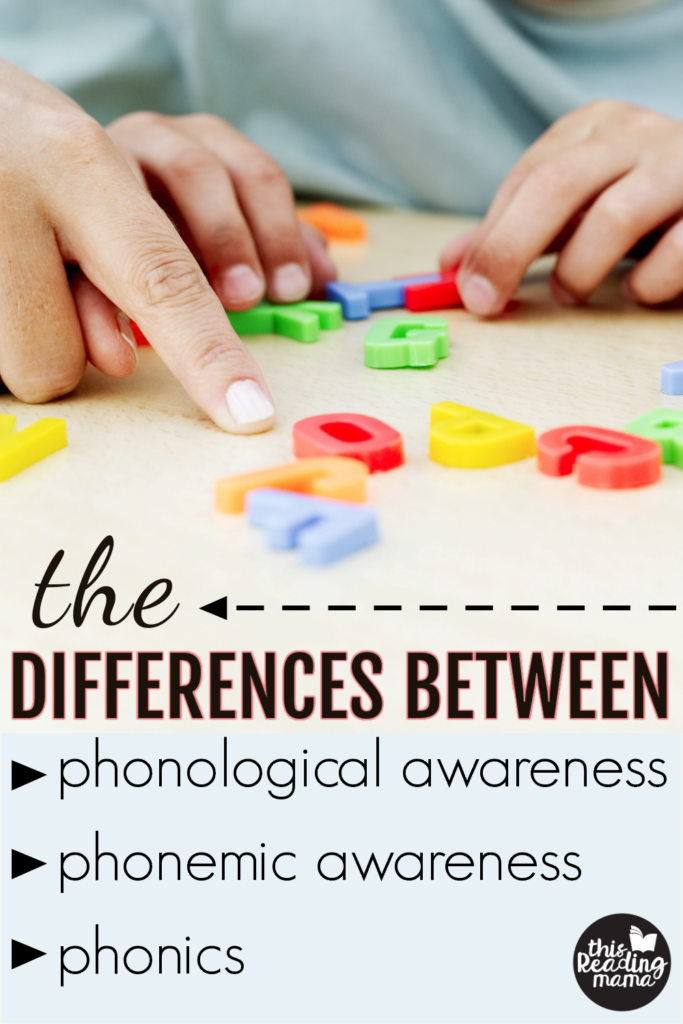
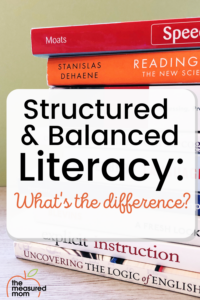
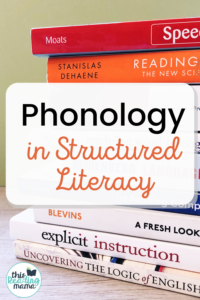
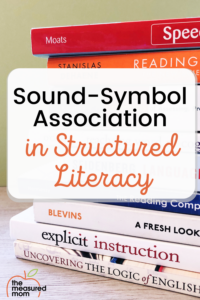
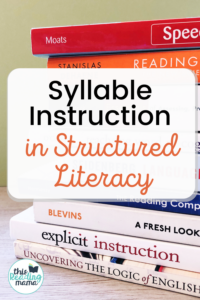
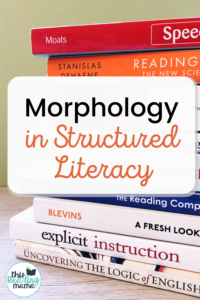
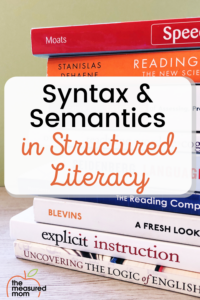
This is so fabulous! I love all the practical examples and how observation can be diagnostic! Fir so many née teachers that is a learned skill! Your blogs truly are changing the lives of teachers snd children!